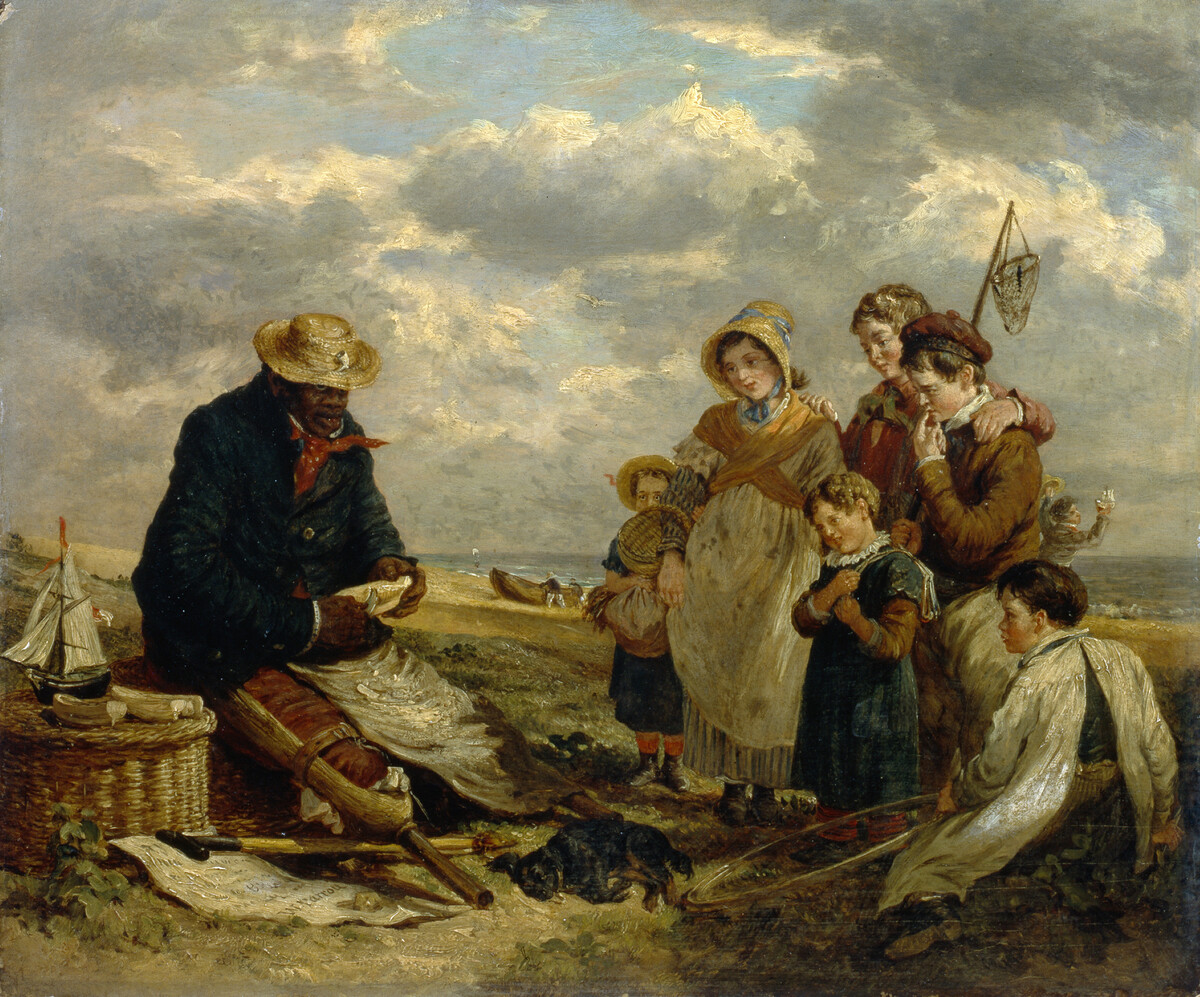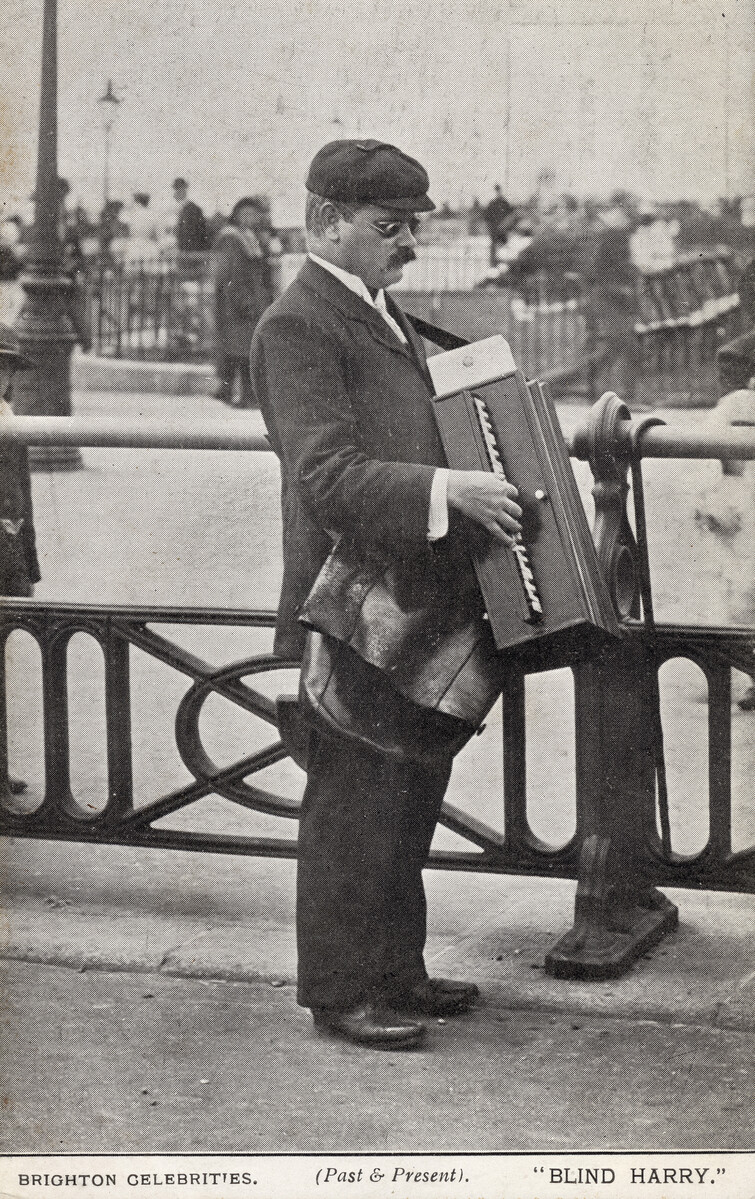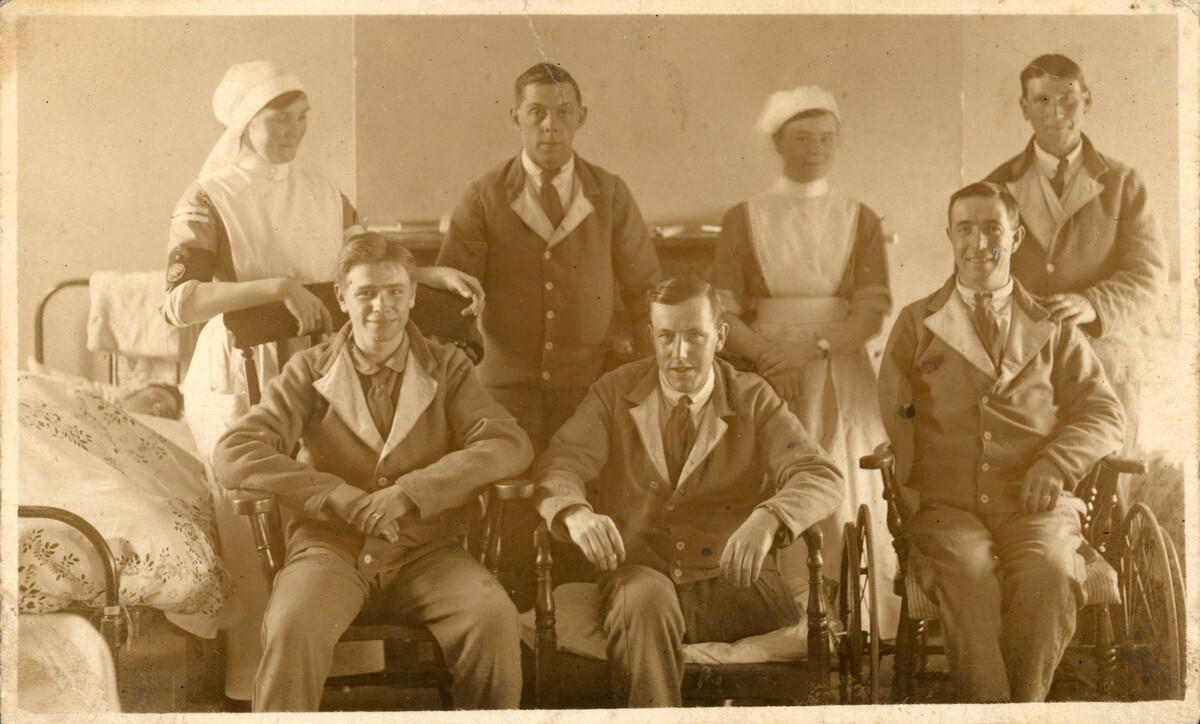
Disability & Accessibility at Brighton & Hove Museums
Telling Disability History
Historically, disabled people have often been rendered invisible or – worse – presented as curiosities, scientific specimens or objects of ridicule. European “freak” shows might exhibit disabled people alongside people from other parts of the world or those with unusual features.
We are committed to exploring Deaf and disability history and what that means within our Culture Change work. Over the course of the next three years, we will explore ways to include Deaf and disability history in our decolonising work and open up conversations on the impact of colony and empire on Deaf disabled and neurodivergent people. We welcome your thoughts and ideas on how we might do this.

Accessibility
We are committed to ensuring that our museums and services are as inclusive and accessible as they can be.
We want our exhibitions and programmes to be relevant and welcoming to everyone. We do all we can to remove barriers so that as many people as possible can experience our offers. We recognise that it’s not always possible to be accessible to everyone all the time. However, we are committed to making reasonable adjustments wherever we can within our resources.
Safeguarding
Safety and safeguarding is of paramount importance in our work. All activity is risk assessed and you may read our policy on safeguarding for children and young people online.

Museums
All of our museums have access statements designed for those with additional needs. These can be found in the Plan your visit section on this website for each museum.
This website has been designed to meet the WCAG AA standard of accessibility.
While we now add ALT text as standard practice, this may be missing in some legacy content that has been imported into this website.
Working with Communities
As a listening and learning museum we value everyone’s voice.
We have been working alongside community and external advisory groups for a long time. Their input is extremely valuable. Our Access Advisory Group has fed into many exhibitions and re-branding guidance initiatives amongst much more.
Contact us
For more information please complete our online form.